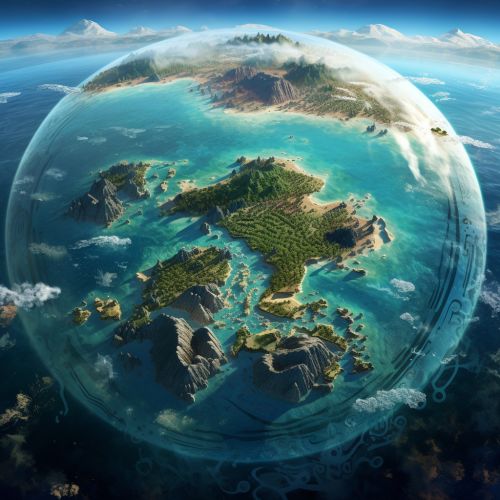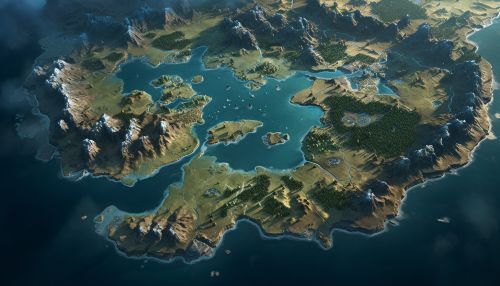Cambrian Period
Introduction
The Cambrian Period is a significant epoch in the geological timescale, marking a profound change in life on Earth. This period, which occurred approximately 541 to 485.4 million years ago, is known for the Cambrian explosion, a time of rapid evolutionary development when most of the major groups of animals first appeared in the fossil record.
Geological Setting
The Cambrian Period is the first geological period of the Paleozoic Era, following the Proterozoic Eon. It is characterized by a relatively warm climate, high sea levels, and the formation of the first complex ecosystems. The continents during this time were mainly gathered in the southern hemisphere, with large bodies of water covering most of the Earth's surface.


Cambrian Explosion
The term "Cambrian explosion" refers to the sudden appearance in the fossil record of complex animals with mineralized skeletal remains. It may represent the most important evolutionary event in the history of life on Earth. The beginning of the Cambrian Period was marked by a sharp increase in biodiversity, with the emergence of the first representatives of all modern phyla.
Flora and Fauna
The Cambrian Period is most notable for the diversification of animals. Fossil evidence from this time shows a dramatic increase in the complexity of life forms, including the first appearances of organisms with shells and other hard body parts. The first trilobites and archeocyathids appeared during this period, as well as many other now-extinct forms of life.
In contrast to the animal diversity, plant life during the Cambrian was limited. The first land plants did not appear until the later Silurian Period. However, marine algae were abundant and played a crucial role in the Earth's carbon cycle.
End of the Cambrian
The end of the Cambrian Period was marked by a series of extinction events, collectively known as the End-Cambrian extinction. This event led to a significant reduction in biodiversity, particularly among the trilobites and brachiopods. The causes of this extinction event remain a topic of ongoing scientific research.
Impact on Modern Science
The Cambrian Period has had a profound impact on our understanding of life's history on Earth. The rich fossil record from this period has provided scientists with invaluable insights into the early evolution of animals and the dynamics of ancient ecosystems. Furthermore, the study of the Cambrian Period has contributed to the development of key scientific concepts, such as evolutionary theory and plate tectonics.
